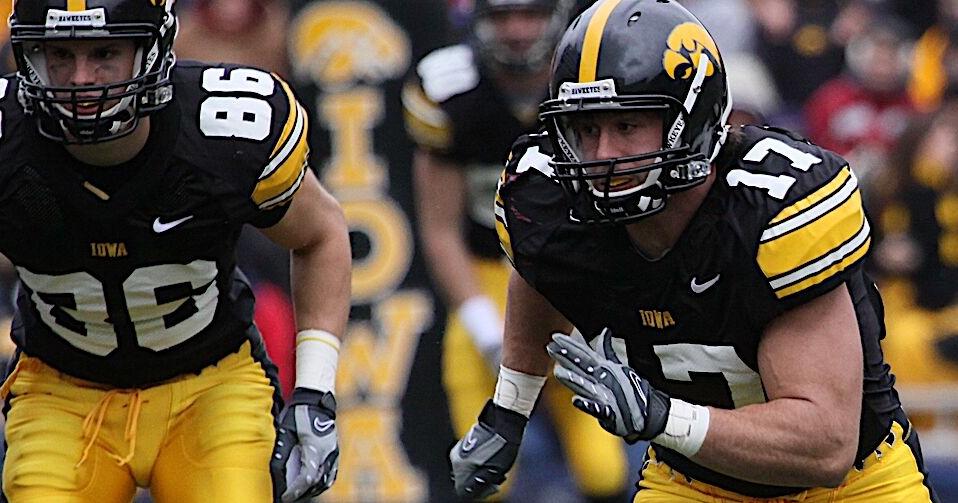As summer ushers in unstable air quality conditions, and outdoor sports kick off the season, it’s important for players, coaches and parents to understand the risks and recognize the signs of an asthma attack. May is Asthma Awareness Month, which holds particular significance within the realm of athletic culture. The severity of an athlete’s asthma directly impacts their performance, rendering it progressively more challenging.
According to the Minnesota Department of Health (MDH), asthma is the third most diagnosed chronic disease in Minnesota. Statistically, one of your teammates or players is likely to have asthma as 1 in 20 children have diagnosis. Some of its symptoms include coughing, wheezing, shortness of breath, trouble talking or walking, and fatigue (if a player is not diagnosed with asthma but is experiencing these symptoms, they should immediately contact their primary care provider and set up an appointment); while immediate medical attention can usually resolve an asthma attack, thousands of Americans die each year due to asthma. Asthma’s triggers vary from person to person but most commonly include allergens, irritants, strong odors, poor air quality (both indoors and out), cold air and changes in the weather, exercise and hormones.
When discussing how asthma is an unspoken issue in sports, Caroline Skoog interviewed Jayme Murphy, the director of analytics and health at the National Sports Center who has asthma and played sports his whole life. Raising asthma awareness is important to Murphy as he serves on the Minnesota Department of Health Asthma Advisory Committee.

Early in Murphy’s athletic career, he experienced a severe asthma attack where he had to be hospitalized. This led him to quit participating in running sports and organized soccer because he was scared to have another asthma attack after his diagnosis around 3rd grade. However, this led to the question, “how do I play sports and manage asthma?” As Jayme’s athletic career began to be record breaking during his early junior high years as he mentioned, “it’s important to find success and make the outcomes worthwhile when managing exercise induced asthma.” His advice for youth athletes who experience asthma is, “it does not mean you can’t do running events or sports while running, you’ll have to figure out different ways to manage your symptoms. You can live with asthma and still compete in a sport!”
Murphy also highlighted that “there is a fine line of pushing it and not getting an asthma attack,” which leads to the importance of why coaches need to recognize athletes who have asthma and how to help since, “you may or may not know if there are kids on your team who have asthma.” Many athletes, like Jayme, “struggled with guilt, not with being diagnosed with asthma, but having to pull yourself out of team conditioning.” This is how he was able to build athletic credibility for himself by knowing when too much was pushing it.
For coaches and parents, it’s crucial to be aware of asthma, “don’t push a kid, it’s fatal. Recognize signs and symptoms because most often than not, athletes may not always do the right thing for themselves.” If you’re looking for tools in trying to help athletes with asthma, go to athletesandasthma.mn.go which is put together by MN department of health. This website is a training resource with slides, videos, questions, to teach how to recognize, have conversations, and manage all things asthma. With completion, you get a certification at the end, it’s free and anyone can take it! More than likely, you will be helping at least one athlete on your team have a better sport experience and that is the whole point of addressing asthma. Finally, Murphy states by taking action to learn about asthma and its triggers, “you can save a life, or you can make an athletic experience better for a kid who has some barriers in front of them.”
Athletes and Asthma: The Community Coach’s Role
This free, 35-minute course gives you the tools to know what to do during an asthma attack.
Learn More


